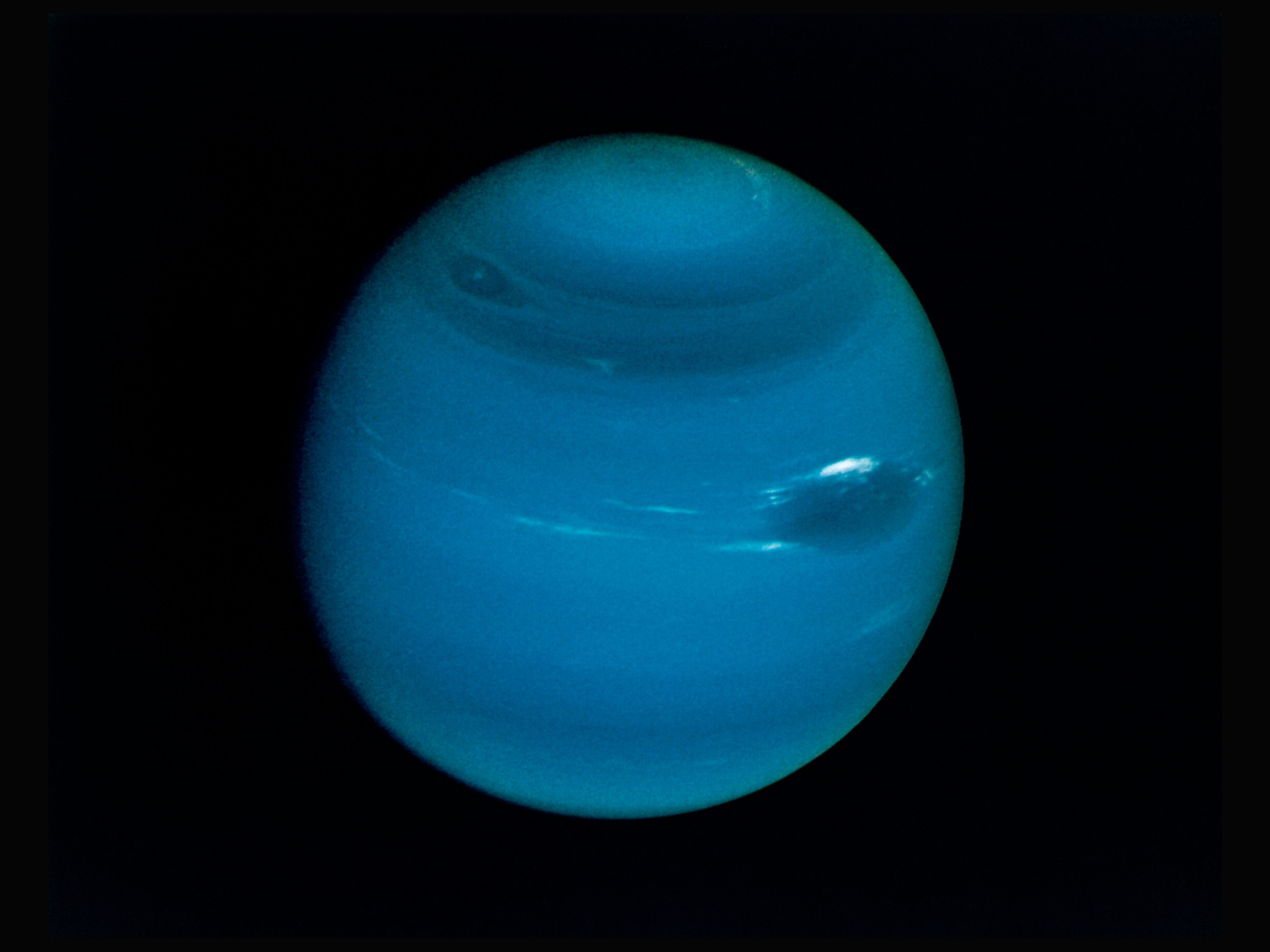Related Jobs
View all jobsSenior Project Engineer (Vehicle Efficiency attribute)
Senior Mechanical Design Engineer
Senior RF Engineer
Senior Safety Engineer
Senior Safety Engineer
Subscribe to Future Tech Insights for the latest jobs & insights, direct to your inbox.
Industry Insights
Discover insightful articles, industry insights, expert tips, and curated resources.

UK Space Team Structures Explained: Who Does What in a Modern Space Department
The UK space sector is rapidly expanding. With growth in satellite design, Earth observation, communications, launch systems, space science, downstream applications, and regulatory and operational services, there’s rising demand for skilled professionals across many disciplines. Building a high-impact space organisation requires well-defined team structures, clear roles, strong collaboration, and alignment across engineering, science, operations, regulation, and commercial functions. If you are applying for roles via UKSpaceJobs.co.uk or hiring into your company, this guide will help you understand the principal roles you’ll find in a space team, how they interact during mission lifecycles, what skills UK employers expect, salary norms, common challenges, and best practice for structuring space teams that succeed.

Why the UK Could Be the World’s Next Space Jobs Hub
Space is no longer just the domain of governments and large agencies. Commercial satellites, Earth-observation, space communications, space launch, applications using satellite data, and downstream services are becoming essential components of national and global infrastructure. Whether for climate monitoring, telecommunications, security, navigation, agriculture, or disaster management, space technologies underpin many of the systems we take for granted. In recent years, the UK has been steadily building its space sector: advancing policy, strengthening research, encouraging private investment, establishing new facilities, and growing its workforce. As this momentum continues, demand is rising for professionals in engineering, operations, software, analysis, project management, regulation, and more. For those interested in ambitious, cutting-edge, and high-impact careers, the UK space sector offers compelling prospects. This article explores why the United Kingdom is exceptionally well placed to become a global space jobs hub, what the current landscape looks like, the roles in demand, sectoral strengths, challenges to be addressed, and what must happen for the UK to fulfil this role in the global space economy.

The Best Free Tools & Platforms to Practise Space Skills in 2025/26
Space has always inspired human imagination, but today it is also a booming global industry. The UK space sector is worth billions, employing tens of thousands of people and spanning everything from satellite communications and Earth Observation to spacecraft design, propulsion, and deep-space exploration. With growth forecast for the coming decade, there has never been a better time to prepare for a career in space technology. Yet the reality of working in the space sector is that theory alone is not enough. Employers want candidates who can demonstrate applied skills — the ability to design, model, simulate, and test. They want to see you can handle data, understand system integration, and work with the same kinds of tools used in industry. The challenge is that professional software suites in aerospace and space engineering are often prohibitively expensive. But here’s the good news: there are many free and open-source tools available that allow you to practise space-related skills right now. From mission visualisation and data processing to computational fluid dynamics and systems engineering, these tools let you gain hands-on experience without spending a penny. In this article, we explore the best free tools and platforms to practise space skills in 2025. You’ll learn what each one offers, how it supports your development, and how to use it in projects that strengthen your portfolio for space sector jobs.